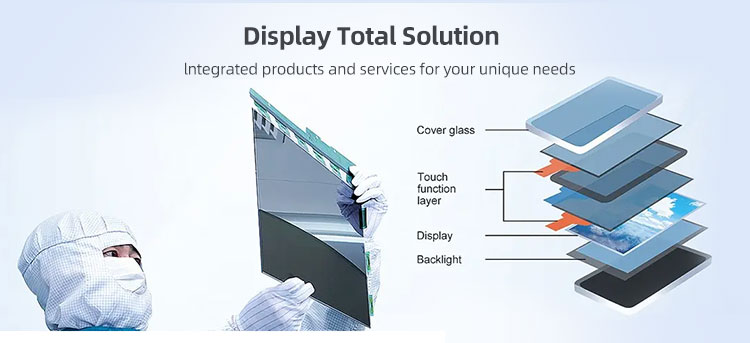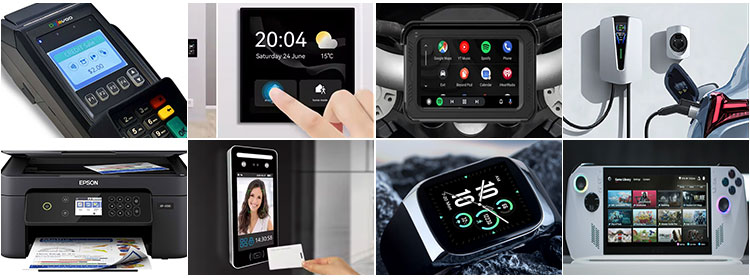
The difference between a sunlight-readable display and an AMOLED display lies in their purpose and technology.
1. Purpose vs. Technology
| Term |
What it Describes |
| Sunlight-Readable Display |
A goal: Any display designed to stay visible in bright sunlight — can use various technologies. |
| AMOLED Display |
A specific display technology — a type of OLED with active matrix driving, used in many smartphones and devices. |
2. Key Differences
|
|
Sunlight-Readable Display |
AMOLED Display |
| Definition |
Display optimized for outdoor visibility |
Display with self-illuminating organic pixels |
| Technology Types |
Can be LCD, transflective LCD, OLED, or AMOLED |
A type of OLED (Active-Matrix Organic LED) |
| Brightness (nits) |
Typically 700–2500+ nits |
Usually 500–1000 nits, newer models higher |
| Readability in Sunlight |
Excellent if designed for it |
Can be limited unless tuned for high brightness |
| Color/Contrast |
Varies by type; high-end models do well |
Excellent color, deep blacks, high contrast |
| Power Consumption |
Depends on backlight and brightness |
Efficient for dark themes, less efficient at max brightness |
| Used in |
Outdoor monitors, marine/kiosk/industrial screens |
Smartphones, smartwatches, high-end TVs |
Can an AMOLED Display Be Sunlight-Readable?
Yes — AMOLED displays can be sunlight-readable if:
They’re calibrated for high peak brightness
Use adaptive brightness and anti-reflective coatings.
Sunlight-readable = a feature or capability (can use any display tech).
AMOLED = a specific type of display (which may or may not be sunlight-readable).
If you're looking for maximum outdoor visibility, you might want an LCD with 1000+ nits and optical bonding, or a high-end AMOLED with strong brightness and low reflectivity.

